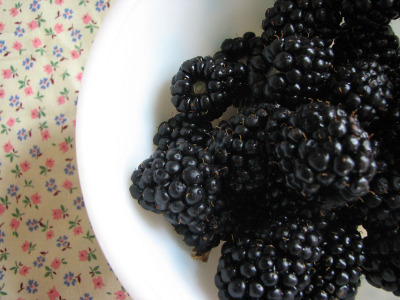Earlier today I provided some last-minute nutrition counseling to a stroke patient and wife just before the patient's discharge -- it was an ideal opportunity to test some new education checklists and resources to see if they'd be suitable for our unit's stroke program.
First, I needed to determine if the the patient and his wife were competent Internet-users. After confirming they were, I compiled the resources listed below and wrote a brief covering page explaining how to use them and listing all the web links.
1. Preventing another stroke: Lifestyle changes (Section 7 in the Heart & Stroke Foundation's information guide Let's Talk About Stroke).
I am going to reproduce the excerpt on eating so we know what the Heart & Stroke Foundation is recommending in one of their widely-used publications [I have bolded words for emphasis]:
The basic rule of eating a healthy diet is to follow Canada's Food Guide to Healthy Eating. The Food Guide recommends that you:
- Enjoy a variety of foods
- Emphasize cereals, breads, other grain products, vegetables and fruit
- Choose lower fat dairy products, leaner meats, and foods prepared with little or no fat
- Limit the amount of fat and trans fats in your diet
- Limit your use of salt, alcohol and caffeine
No more than 20% to 35% of your total daily calories should come from fat. This is about 45 to 75 grams of fat per day for a woman, and about 60 to 105 grams per day for a man. Whenever possible, eat polyunsaturated fat, especially omega-3 fatty acids and monounsaturated fats. Reduce the amount of saturated and trans fat in your diet.
Homocysteine is a substance that is produced naturally in the body as the body breaks down protein for fuel. In some studies, a high level of homocysteine in the blood was associated with a higher risk of stroke. Folic acid (a B vitamin) can help to keep homocysteine levels in the blood low. However, doctors still do not know if taking folic acid or redcuing homocysteine levels also reduces the risk of stroke (pages 24-5).
You may already know why I highlighted selected words in this excerpt. These are key concepts, perhaps not even all of them, that needed to be explained and illustrated with practical examples of real food and simple, visual rules-of-thumb for portion sizes. As good as it is, Let's Talk About Stroke needs to be supplemented with more how-to advice. And this is where resources #2 - 5 are so valuable in providing practical, up-to-date tips and more detailed explanations.
2. Heart & Stroke Foundation home page (this page changes monthly and always contains nutrition tips and links to other nutrition content on the site)
3. Health Check (Heart & Stroke Foundation's food information program)
4. EATracker
5. Dial-A-Dietitian
I must also state that in a ten-minute, bed-side counseling session with a patient and family member eager to go home I obviously was not able to cover everything in-depth. I also provided information on how they could access nutrition counseling through their local hospital, particularly because the patient is hypercholesterolemic, had a mild stroke that left him with minimal or no deficits and is hightly motivated to make lifestyle changes to prevent a second stroke.
 Thursday, August 23, 2007
Thursday, August 23, 2007 
